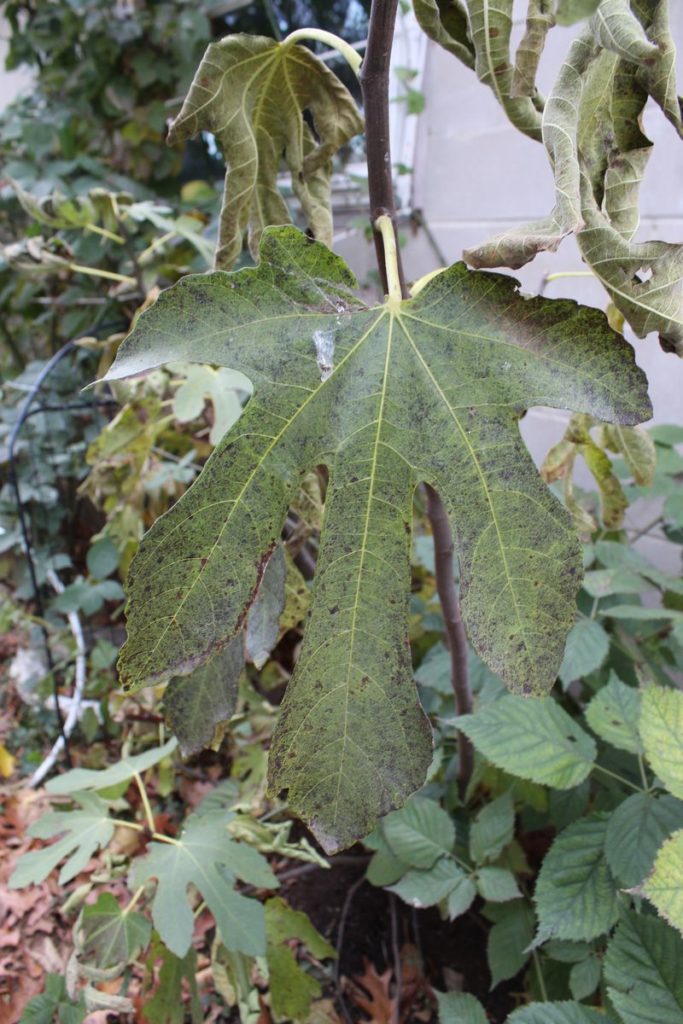Even if you don’t have a garden of your own, you can force bulbs of tulip, narcissus (daffodil), or crocus plants. Garden Cult’s Carmen DeVito takes you through the steps. Start today and have a beautiful pot of flowers that are ready to bloom by spring.
Make a Lemon-Ginger Elixir: A Soothing Edible Gift and At-Home Remedy
Just 3 simple ingredients and you will have a home-made throat soother and vitamin C boost for Winter.
Making Limoncello: A Tart and Tasty Edible Gift
This easy to make homemade after dinner drink brings the taste of Italy home. It is liquid sunshine in a bottle !
Meet Carmen DeVito and Caity Moseman Wadler
HRN’s Caity Moseman Wadler and Garden Cult’s Carmen DeVito team up to take on winter gardening! Conquer your repotting fears, find joy preparing edible gifts, up your indoor plant game, and prepare your garden for next spring.
Check out my article on fellow garden designer and APLD member, Sabrena Schweyer!
A tradition to welcome winter: Staten Island Italian cultural foundation ‘tucks in’ fig trees
STATEN ISLAND, N.Y. — For the Ficus trees among us, it’s time to go to sleep. So goes the “Burial of the Fig” ritual, an event happening virtually from Casa Belvedere’s Facebook page on Thursday, Dec. 9 at 2 p.m.
The Grymes Hill Italian cultural foundation will play host to a ceremony dubbed as bending or “tucking in the trees” led by fig experts like Mary Menniti of TheItalianGardenProject.com and horticulturalist Carmen DeVito of GardenCult.com.

“They’re doing it two ways — they’re wrapping and they’re burying,” advised Joyce Venezia Suss, Casa’s Director of Special Projects.
In an illustrated essay on the subject, Menniti notes, “If you live in the Northeast where we’ve had several very cold days and nights, don’t panic if you haven’t yet buried or covered your fig tree. It generally takes sustained freezing temperatures and icy winds to do permanent damage.”
And so it is necessary at this point to tuck in the plant for a long winter’s sleep. In Menniti’s documentation, the root ball of the tree should be loosened from the ground with some larger roots left intact. The tree can be covered in plywood or fabric, then further topped with soil.
Yes, it’s an effort to bury it in a trench but Menniti says, “The taste of that first fig next summer will make all the work worthwhile.”

A similar “tucking in” goes for potted fig trees as well.
Says Ficus farmer Peter Cundari of Eltingville, “Fig trees are more hardy than one realizes. I don’t panic anymore about getting them all in ASAP.”
Now in early December, he wraps them in cloth and plastic and puts them down for a nap in his garage.
He explained, “I’m the boss, not them. I learned what they need and when they need it. Some want shelter fast like a crying baby. Then you have the macho varieties — they need more time to harden off. They need more cold weather to go into dormancy.”
Indeed, a little chill is a happy thing for the hardier fig plants.
Cundari maintains, “The cold is good for them — even a frost or two. It’s like getting hit with a good left hook by Rocky Marciano. The, they go into a coma. And then I say, ‘Bless you, figs. I’ll see you in the spring!”
Pamela Silvestri is Advance Food Editor. She can be reached at silvestri@siadvance.com.



